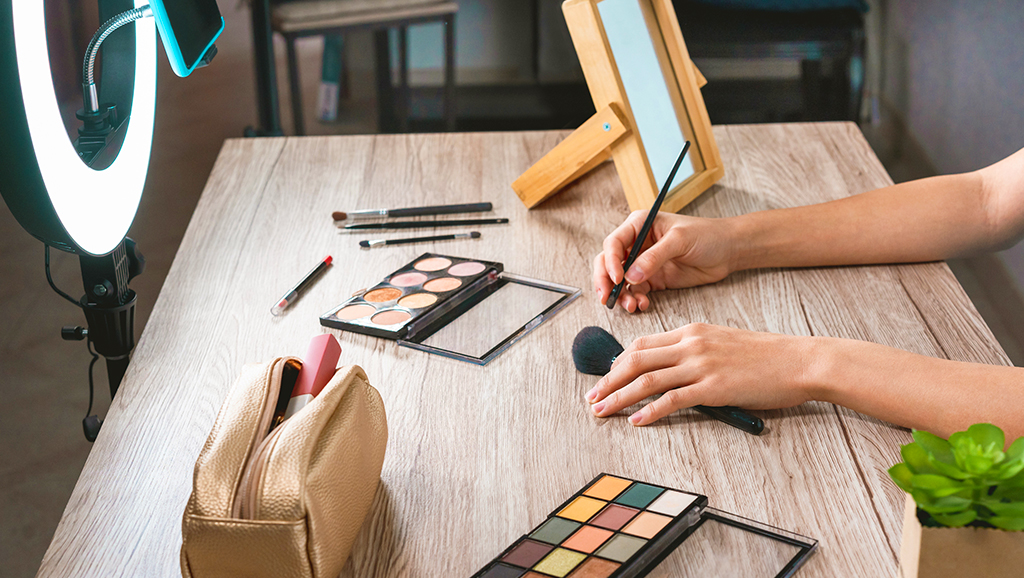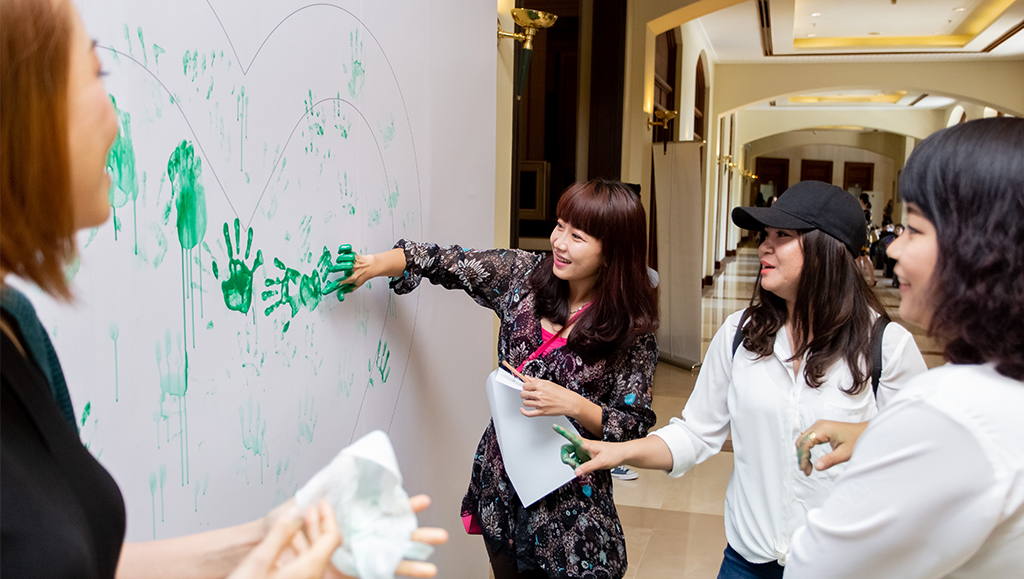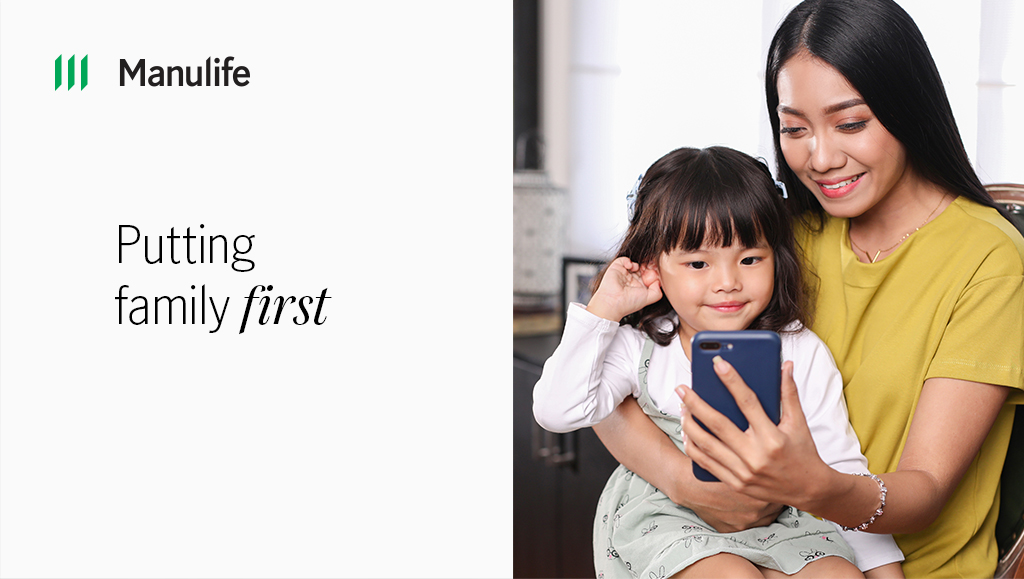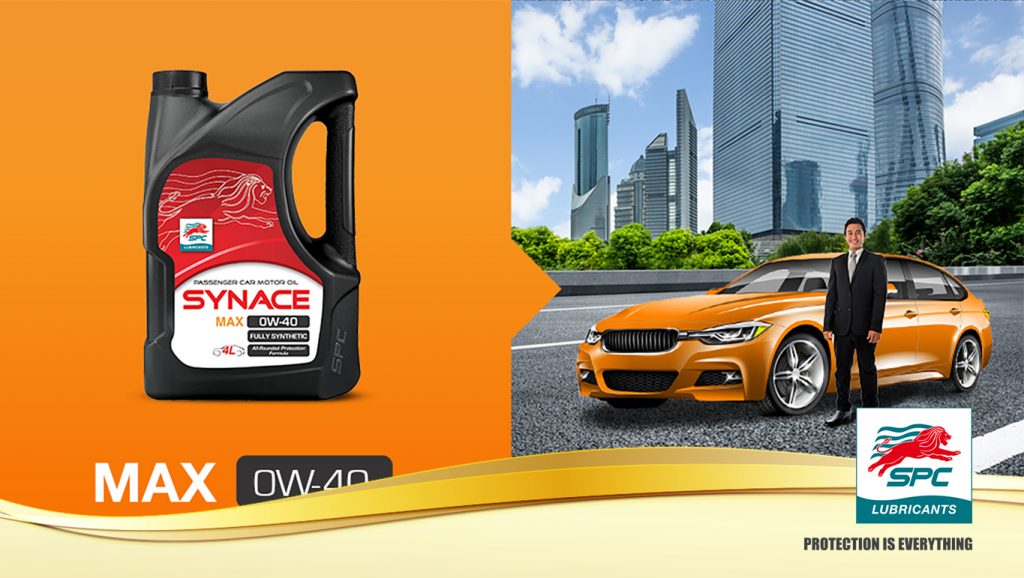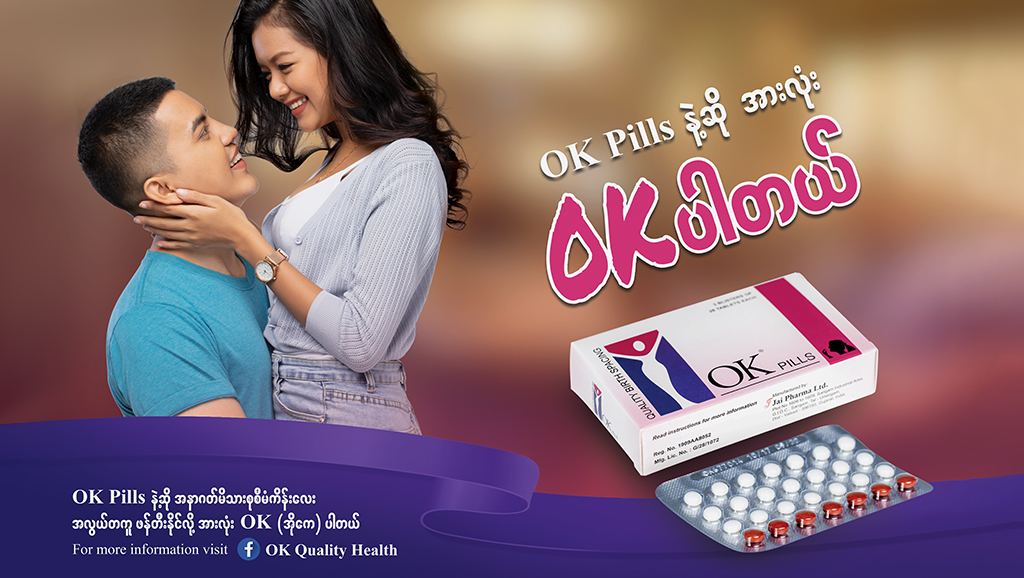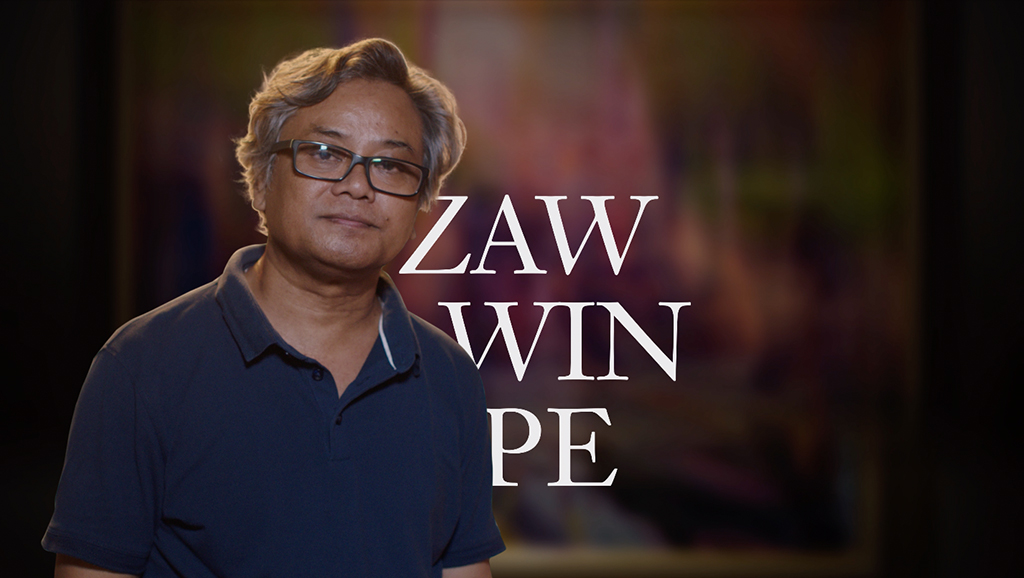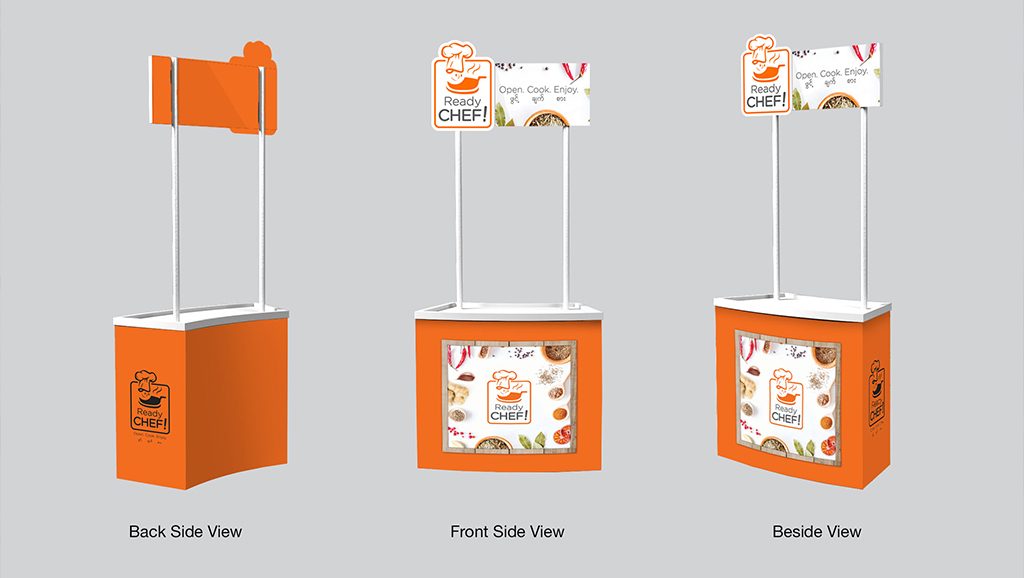

Every year seems to bring new and revolutionary change to the marketing industry. The transformations taking place in technology and innovation, user behavior on internet and social media, and the morphing standards of consumers mean the trend is set to continue for the foreseeable future. The one constant throughout all of this is content; brands that consistently generate great content thrive. Those that don’t are ignored and forgotten.
Content is king, as the the cliche goes, and it’s true. Thus has it always been, thus shall it ever be. But content is easy, it’s great content that sets brands apart, and what’s great is in constant flux. Many of the edgy guerilla marketing campaigns of the 2000s would today seem contrived and corny. While some startups and smaller boutique ad agencies seem to always have their finger on the pulse of what’s cool, most companies and even larger creative agencies struggle to keep up with what excites today’s consumers.
For larger brands, efforts to come off as hip, funny, cute, or in any way relevant is often stifled by the clunkiness of their own company id. But a very clever workaround exists, and it’s one of the year’s top advertising and marketing trends: user generated content. By getting their content straight from their customers, brands get access to what those consumers think is cool, pretty much by definition.
While user-generated content is the hot buzzword of the marketing industry today, it’s always been around. Burma Shave was using contests to get short poems for their famous billboards direct from the public in the early 1950s. Of course at the time, people had to hand write them or type them up on a typewriter, then mail their entry in. Today they’d just use a Twitter hashtag and ideas could be submitted in seconds.

Social media is the fuel that user generated content runs on, but smartphones are often the engine itself. With nearly everyone having a great camera, hd video recorder, microphone, and an array of creative apps available right in their pocket, the options are pretty much infinite. With a public willing and able to create and share content, it seems sillier than ever to sit around trying to focus-group up a digital branding strategy that will resonate.
While there are examples of lean startups successfully using user generated content out of shoestring budget necessity, most of the best campaigns still come from a creative advertising agency. It can seem easy to start a contest or create a hashtag, but in reality it’s anything but. Most importantly, a campaign must be well designed. If it’s boring or too canned, it will just be ignored. Even worse, it can backfire in spectacular fashion if all the engagement is negative or cynical. Asking users for content often means turning over a degree of control to the public, and that always carries risk.
Even a well designed campaign usually needs the sort of expertise that digital marketing agencies provide. A user generated content campaign will often still need a traditional ad budget to spread the word; if people don’t know about it, they obviously can’t submit. There are also a number of legal issues involved whenever content is created: who owns it? who can do what with it? etc. This is even trickier in the US where the patchwork of laws between states means possibly needing a dictionary-length terms of service contract that can put off most people from participating. And of course checking all the legal boxes means putting up hurdles to submission or participation. Too many of these will also result in little-to-no user engagement with the brand.
Digital branding is tough, and it’s constantly changing on the whims of users. It is this precise reason that makes user generated content so attractive to brands looking to stay ahead, but it’s never as easy at it seems. Most of the successful campaigns appear genius in their simplicity, but most likely had a whole digital branding team behind their creation. Like so much else in marketing, user created content done wrong is an absolute disaster. Done right, however, it is a thing of beauty. Either way, it will leave a strong impression on the minds of consumers.







